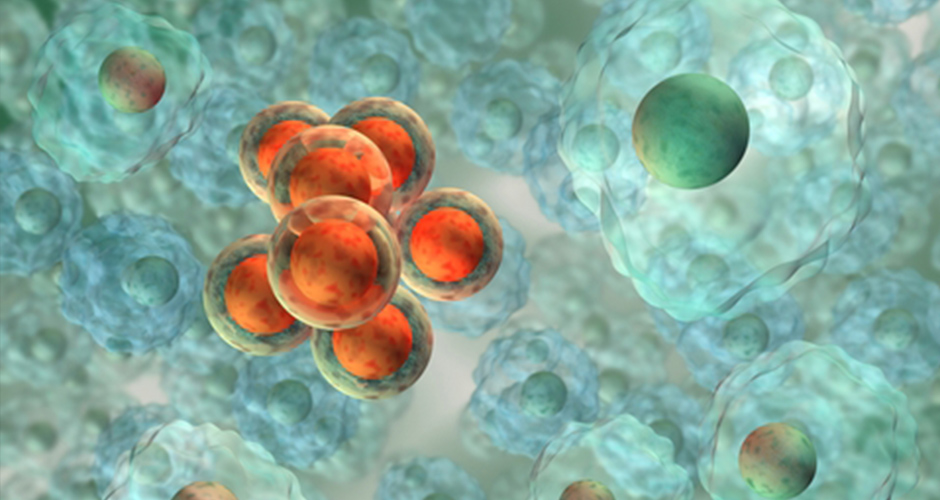Scientists Grow Miniature Model of Human Endometrium in the Laboratory
Jun 3, 2017
“Single cells from both endometrium and decidua (the name given to the endometrium during pregnancy) can generate a fully functional organoid,” the researchers wrote.
Researchers in the U.K. managed to grow a miniature functional model of the human endometrium in the laboratory for the first time. These so-called organoids could help scientists better understands events associated with conditions such as endometriosis and help them develop new therapies to treat them in the future.
The results were published in one of the leading scientific journals, Nature Cell Biology.
"These organoids provide a major step forward in investigating the changes that occur during the menstrual cycle and events during early pregnancy when the placenta is established," said the first author of the study Dr. Margherita Turco, in a press release. "These events are impossible to capture in a woman, so until now we have had to rely on animal studies.”
The team led by Professor Graham Burton at the Centre for Trophoblast Research and the Department of Physiology, Development, and Neuroscience at the University of Cambridge, grew the organoids from cells derived from the human endometrial tissue by adapting conditions used to establish human adult stem-cell-derived organoids in culture.
“Single cells from both endometrium and decidua (the name given to the endometrium during pregnancy) can generate a fully functional organoid,” the researchers wrote.
They managed to maintain the organoids in culture for several months and showed that they were able to respond to pregnancy signals and develop characteristics of early pregnancy.
Using their newly developed technique, the researchers also derived the organoids from endometrial cancer cells. This will allow them to study in detail, conditions such as endometriosis and endometrial cancer, they said.
The endometrium or the lining of the uterus becomes thicker and rich of blood vessels in preparation for a pregnancy. If a woman does not become pregnant, this tissue is shed causing menstruation. In endometriosis, the endometrial tissues appear outside the uterus leading to complications associated with the disease such as pelvic pain, excessive bleeding, and infertility. The exact cause of endometriosis is not fully understood.
Research Source: http://www.nature.com/ncb/journal/vaop/ncurrent/full/ncb3516.html
Endometrium Human Endometrium decidua pregnancy

